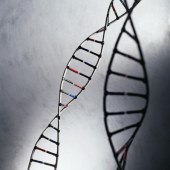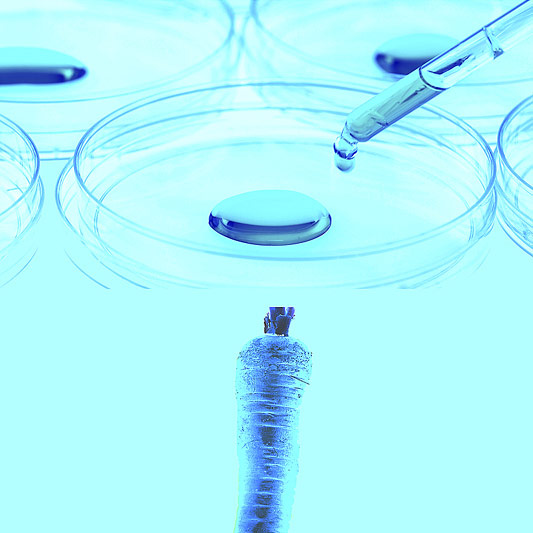
THURSDAY, Nov. 21, 2013 (HealthDay News) — Two research teams say they have pinpointed how changes in genes linked to autism act together to disrupt normal brain development.
Their studies, published Nov. 21 in the journal Cell, represent a leap forward in understanding the complex condition, said an expert who was not involved with the research.
“This gives us a moment in time when genetic risk for autism actually gets put into motion,” said Robert Ring, a neuroscientist and chief science officer for the nonprofit advocacy group Autism Speaks. “This is very important.”
That two research groups looking at different sets of genes came to the same conclusion “gives a lot of validity to the finding,” Ring said.
Autism — which impairs the ability to communicate, regulate behavior and relate to others — is thought to affect about 1 in 88 children in the United States.
The mutations appear to come into play in mid-pregnancy. They interrupt the formation of specific cells that connect brain layers in a region that controls movement, sensory perception, conscious thought and language.
The changes appear to cause a sort of faulty wiring of the brain before birth, the researchers said.
They also said their findings might explain why early intervention programs, which enroll kids as young as 1 year old, help children with autism. Since their brains are still developing, they might be capable of correcting or compensating for some of these bad connections.
For both studies, researchers took advantage of BrainSpan atlas, an ambitious public project to catalog the gene makeup of the brain at many different ages. The brains used in the project are from 57 healthy, deceased males and females. Their ages ranged from six weeks after conception to 82 years old.
The work is groundbreaking, said one expert.
“This is something we couldn’t have done two years ago because we didn’t have this dataset,” said Jeremy Willsey, a graduate student in genetics at Yale University.
Willsey led one of the studies, in which researchers focused on rare “lightning strike” mutations that caused a loss of function in nine genes. These mutations are changes to DNA that occur randomly, and aren’t passed from parent to child. But previous studies have shown that individuals with autism often share these same random mutations.
Focusing on the actions of these nine genes, the researchers checked the BrainSpan atlas to see if any were working together at the same time. They found that those genes and others associated with autism worked together at only three distinct places and periods in development. Those corresponded to the deeper layers of the front of the brain between 10 and 24 weeks after conception.
The gene mutations seem to interfere with the development of nerve cells that connect different brain regions.
“We know there’s a disruption in the cells’ development, but we don’t know much more than that,” Willsey said. “That’s sort of the next step that our lab is addressing. That’s what’s going to help you progress toward treatment.”
For the other study, researchers at the University of California, Los Angeles, took a different approach.
Using the BrainSpan data, they first looked at gene expression in normal brains from eight weeks after conception through 12 months of age. They then mapped hundreds of genes shared by individuals with autism and determined when and where those genes were active in the developing brain. Strikingly, although there were many autism risk genes, they all acted together at just a few points in brain development.
The researchers also compared the activity of autism risk genes to the genes involved in intellectual disability, or low I.Q. Although the conditions share many of the same risk genes, the study found that they were active in different ways at different times, adding more proof that the two conditions are distinct.
Their findings also pointed to a disruption in the brain’s wiring, probably because of an error in the development of the brain-connecting nerve cells.
The researchers stressed, however, that the findings probably don’t explain all cases of autism.
“These gene mutations definitely contribute to autism in some people,” said Neelroop Parikshak, a graduate student at the University of California, Los Angeles, who led the second study. “[But] we don’t know how much in a given individual.”
Willsey agreed. He said that for the first time, however, these studies show the genetics of autism in action, something that should speed the path to better treatments.
“We feel this is a turning point,” he said. “We’re taking these genes and being able to tie them to a specific time point and a specific region in the brain, which really allows us to take the next step and follow this up in more detail. It’s very exciting.”
More information
For more information on autism, head to the U.S. National Institute of Neurological Disorders and Stroke.
Copyright © 2025 HealthDay. All rights reserved.

